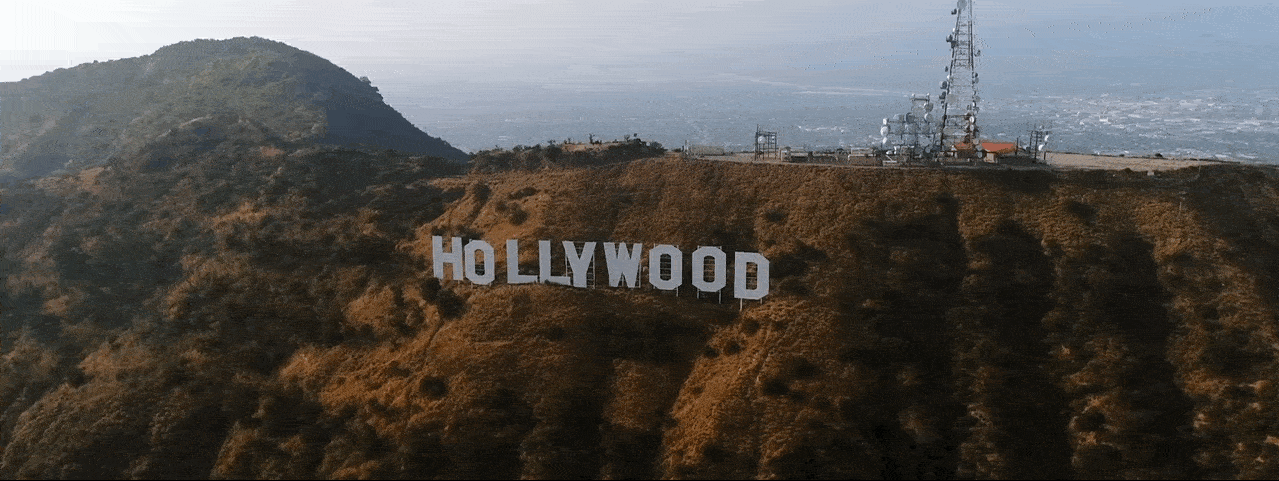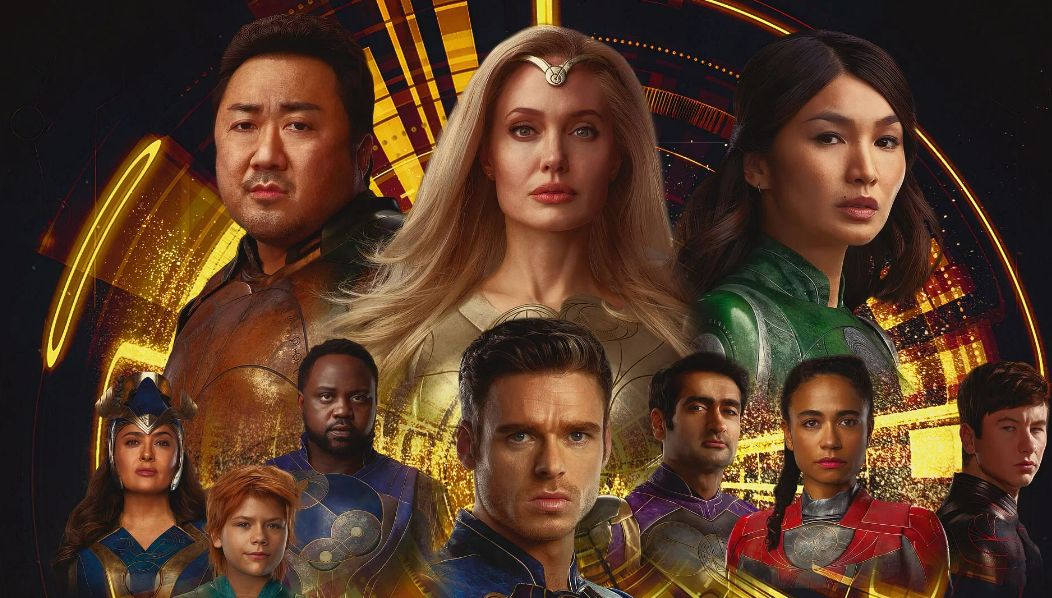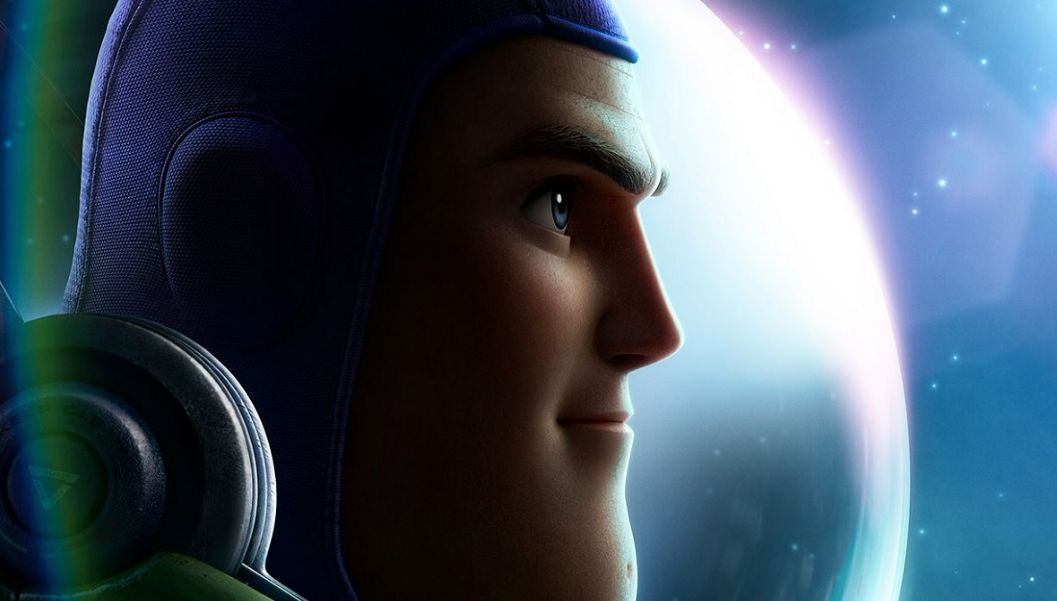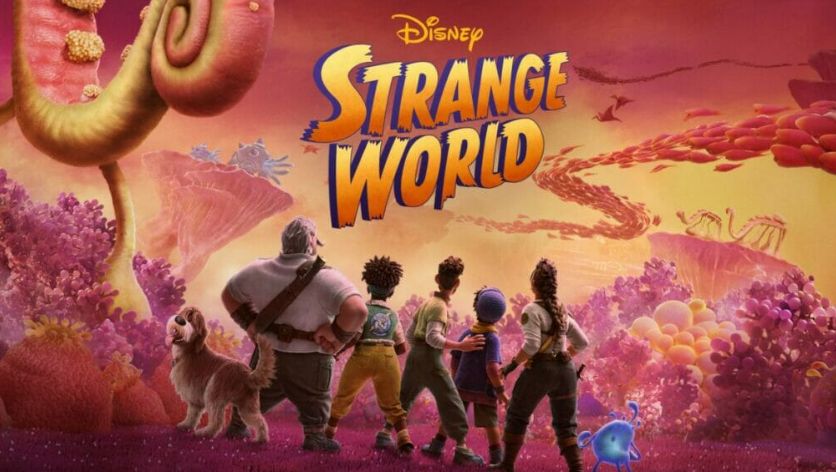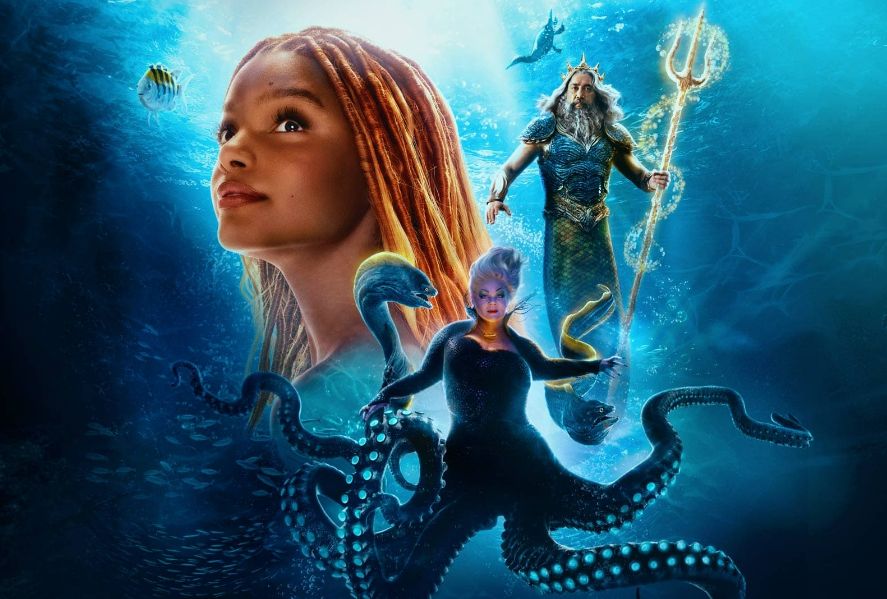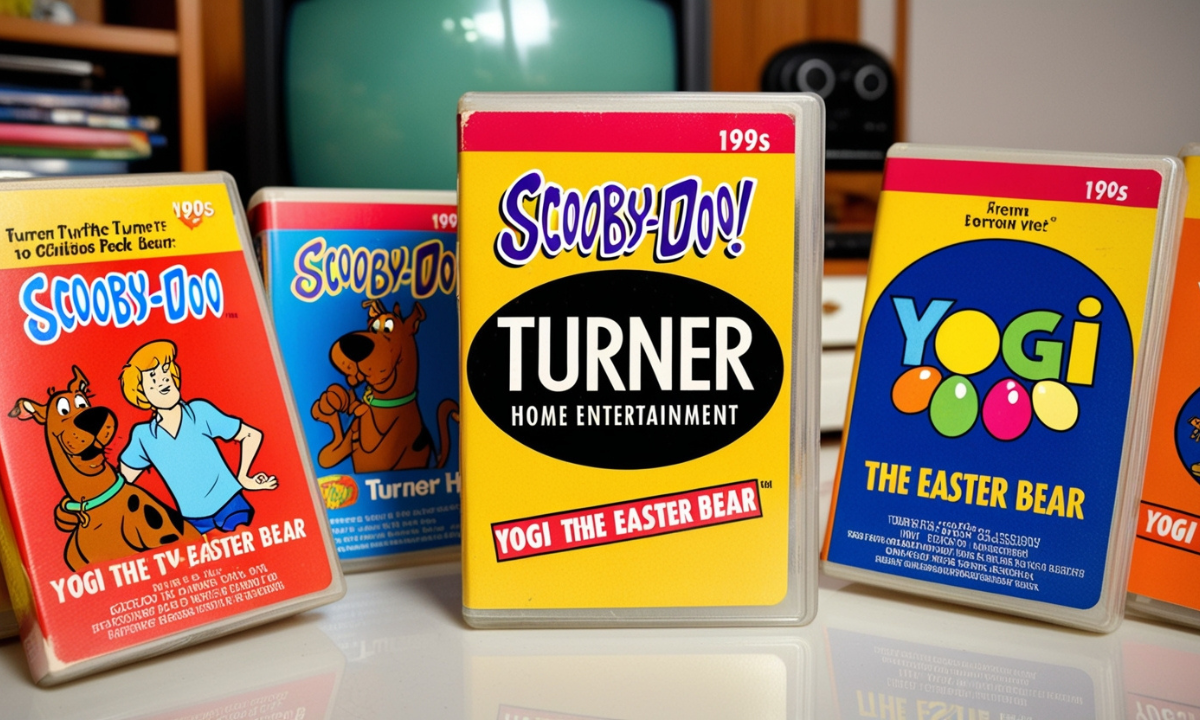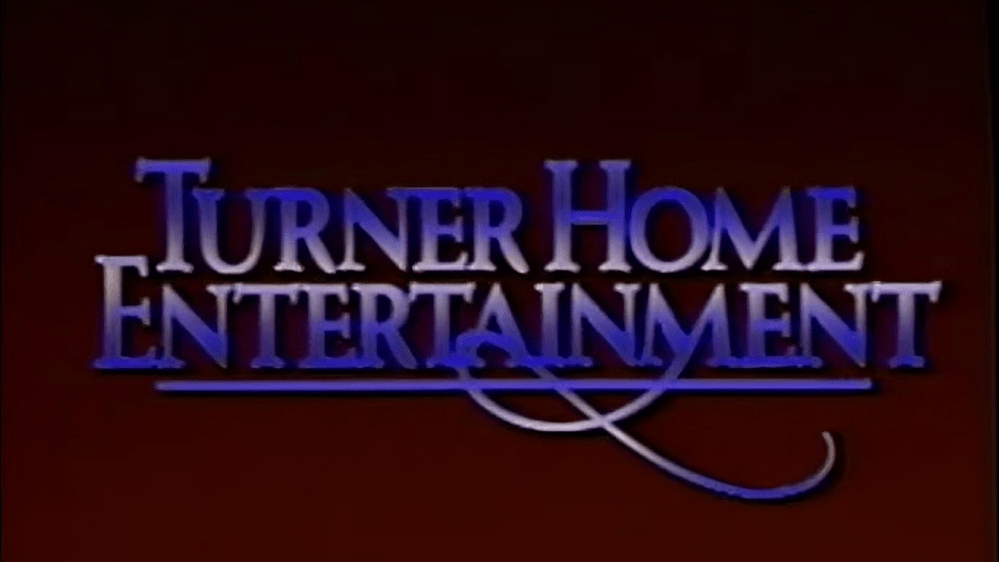Once invincible at the box office, Disney – an institution among entertainment companies – has recently experienced a chain of setbacks which are leading both industry professionals and ordinary music-lovers to worry. Disney’s recent offerings such as a new entrée in its traditional series of animated features and the live-action version of Beauty and Beast that came out under a different name failed to meet forecasts. The question now is: What exactly is wrong with Disney? Strategic errors, market dynamics, and broader industry challenges have all combined to produce poor box office results for Disney this year.
The Golden Era of Disney
To grasp what Disney’s current challenges are, you must first understand their success of the 1990s at least. Disney’s leading position in the industry grew thanks to a series of strategic buyouts: Pixar, Marvel, Lucasfilm, Twenty First Century Fox media. These moves also added significantly new strength to an already strong asset base for Disney. The movies such as Endgame in the “Avengers” series of films,”Frozen 2″ or “The Force Awakens”, which mark two billion dollars of gross revenue take from one movie alone! And they are no laughing matter for Disney.
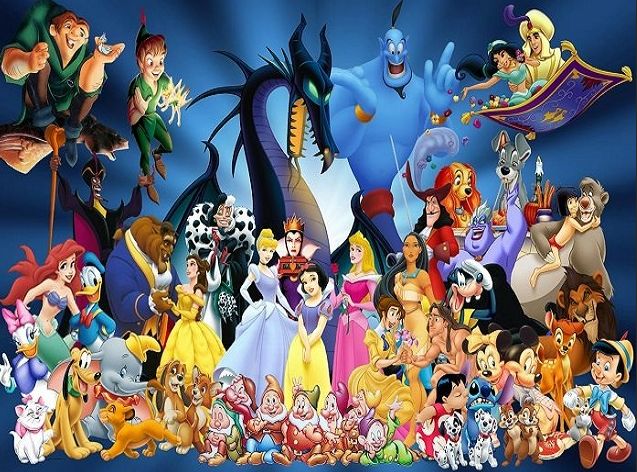
The Long List Of Woes
In recent years,Disney has had abysmal box office showings despite the well-known success of this company. Yet quite few prominent releases have fallen short of their high expectations, calling into question the firm’s once invincible position in Hollywood. Notable failures include the following:
1. “The Eternals” (2021):
Though a member of the highly successful Marvel Cinematic Universe (MCU), ‘Eternals’ got met with mixed reviews. It didn’t do as much box office business by far as other comparable Marvel productions although it was released during an especially difficult year for cinema because of COVID-19. Reviewers attributed this partly to the film’s hard-to-follow plot and stripped down character building. Viewers reported feeling no empathy or connection with characters, which is fundamental for any successful film.
2. “Lightyear” (2022):
With this spin-off of “Toy Story,” which aimed to capitalize on the beloved Pixar franchise, a clean break was needed in order to incorporate its new batch of characters. Ignorance of the series it was supposed to be a part of and tough competition from other cartoons both contributed to its lackluster reception.
3. “Strange World” (2022):
Unable to suggest new ideas and also without giving any special push to existing ones, it has suffered from poor marketing and hard-to-define positioning in a multi-purpose family entertainment market, for all its safeness, despite its comparative youthfulness, its failure to carve out a distinct identity that general audiences can relate to was reflected in its box office numbers.
4. “The Little Mermaid” (2023):
The live-action remake of its original cartoon descendant was nothing to write home about and fell far short of expectations: Early reviews of it ranged from mixed to negative; Box-office performance also failed even when people anticipated box office triumphs.
Strategic Errors
Strategic missteps have played a role too, Disney’s cold feet at the box office recently doesn’t show no sign of ending:
1. Upward Assessing On Franchise Businesses
Disney’s success in the 2010s has been due in large part to its box office hits. The problem now is that lesser-quality movies have become common ground. Audiences gradually want more genuine, fresh productions. They no longer care to re-tread the same plot twice or thrice, let alone see you roll out yet another prequel to something that happened in previous films. Disney has re-invented itself in all of the wrong ways, with visible results global audiences have noticed.
2. Streamlining vs. Cinema Release:
The arrival of Disney+ has changed release strategies for films produced by Disney. Streaming has added a new revenue source, but it has also made inroads into theatrical releases. Simultaneous concert presentations with Premier Access on Disney+ have confused viewers and cut the power of cinema, with consequences for box office takings. They need to put together a more robust framework that combines both streams effectively.
3. Aftermath of the Pandemic
The COVID-19 epidemic has landed a big blow to the film industry. Theater closures, congested seating in cinemas, and changes in the tastes of audiences lie behind record-low earnings for Disney and other studios as of lately. Nonetheless, one can hope that sooner or later the company will recover from its COVID-era losses as long as things don’t get any worse.
Originals vs. Mass Production:
In trying to pump plenty of content out through its streaming platform, it is possible that Disney has sacrificed quality for quantity with negative consequences. There is now a perception that standards are dropping and audiences are growing more discriminating in their tastes, and more likelihood of new releases being panned.
A Dynamic Broader Industry Force
Disney’s problems do not exist independent or in isolation. And the broader entertainment industry seems to be on-air with its share of twist:
Changing Consumer Preferences: Modern audiences now have more choices for entertainment than at any time before in the history of the world, from video games to chat applications to movie-on-demand. This has fragmented the market and eroded the triumph of conventional releases sending it further down towards having less power.
Rise of Competitors: Players like Netflix, Amazon Prime, and now HBO Max are moving into the big leagues in creating original content stimulating audiences that in the past might have gone to theaters. Because of this stronger competition, it has become more difficult for Disney movies to top the box office.
Economic Factors: Economic uncertainties, like inflation and recessions, can affect disposable income. In times of financial difficulty, families may look to more cost-effective forms of entertainment such as home viewing rather than lavish excursions out on the town.
Addressing the downturn
Several strategic changes are needed for Disney to recapture the old days of box office dominance:
Some Repeat Content Offerings. but Fresh Subject Matter and Innovation in Storytelling:
The franchise approach has been very profitable but Disney needs to introduce more original content with new storylines and fresh modes of storytelling. By diversifying the nature of its offerings, Disney can bring in new customers and stir up interest from existing fans. This appears to be a major struggle for Disney
More Careful Release Strategies:
Putting out movies that are screenable simultaneously in theaters and on-demand services is key. A clearer focus, plus a strategy that is more audience-friendly and prioritizes the theatrical experience for some movies, is important if the box office take is to be rebuilt.
Better Marketing and More Intimate Interaction with the Audience:
It is only an effective marketing strategy which clearly distinguishes each film’s unique value from the others that will generate both interest and turnout numbers. Not to be underestimated can be enjoying with the viewing public on social media or interactive campaigns; such pleasures feed passion and anticipation, amassing goodwill as a bonus.
Data Analytics and Big Data:
If they use data analytics to get a periscope into consumers’ tastes and habits of life, Disney can create content which is more in this mould and it will be received more warmly. The studio needs to tailor releases according to the demands of different demographic groups, this can rationalize box office performance.
Quality as Paramount:
It is fundamental that each release should meet high standards of quality. Through putting money into good scripts, big-name directors, and high production values Disney can work on bringing itself back up as a name for top-rate products with audiences returning to theaters in droves.
Conclusion
As Disney recently experienced challenges at the box office it serves to highlight the intricate nature of modern entertainment. It is true that the company’s own strategic errors have borne heavily on these results. Nevertheless, changing tastes and broader industry dynamics can account at least to some extent for this decline.
To tackle these new challenges Disney must adjust its current strategies, present a more diverse array of content and put quality ahead of quantity. By playing its strengths and rectifying its weaknesses, Disney could well return to an invincible position in the world of entertainment.
The road may seem difficult ahead but with careful planning and execution, Disney of yesteryear could once again be the leader in the box office.

